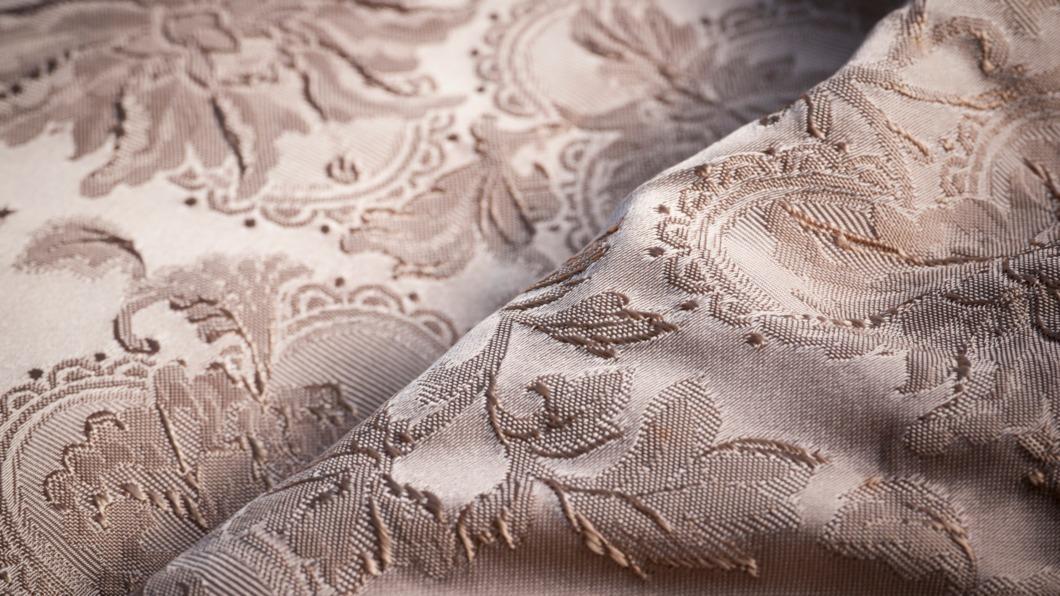1 minute read
A(very)LittleHistoryofDaffodils
Howgreenareyour flowers?
Todaywe’remuchmoreconsciousof the impact our actions have on our environment - but have you ever considered the effect of those stacks of green floral foam popular with flowerarrangersacrosstheglobe?
Floralfoamwasinventedinthe1950’s and has been used by florists and home flower arrangers ever since as it’s absorbent, resilient and great at keeping your flowers in place. But it’s non-recyclable and doesn’t biodegrade, making it a serious environmental threat. Manufacturers are currently trying to develop alternative biodegradable foam, but in the meantime perhaps we should be considering more environmentally friendly alternatives, and returning to the more old-fashioned methods of using scrumpled chicken wire, pin frogs and more.
Chicken wire is ideal for using in opaque containers and for creating largedisplays. It’slightweightandcan be moulded into cylinders, spheres and more irregular shapes such as for displays around doors, archways and up staircases. It will generally retain its shape without the need for additional fastening and, as long as you are prepared to take the time to straighten it out, can be reused indefinitely. You can find different colours of chicken wire, including on-trend copper, if you plan to place it where it will be seen.
Pinfrogs,flowerfrogsortheJapanese name kenzan, come in many different sizes and shapes that can be used in almost any container. They have the virtue of being both reusable and cheap. A pin frog is basically a weighted disc topped with a bed of pins that can be placed into the bottomofacontainer. Youpusheach stem into one of the prongs. They are widely used by Japanese floral designers.
Pin frogs are also good to use in conjunction with chicken wire. Try using one in the bottom of a container to make your arrangement really secure if you want to use a heavier branch or stem. They are very heavy sowillstabilisethecontainer. Youcan alsousespecialistflorist’sgluetostick them to the base of the vase. If you don’t have either of these, then a simple method of keeping stems in place is to use a crisscross grid of florist’s or other tape across the top of your vase.
For natural looking arrangements, create structural support by using branchesfromshrubsortrees,placing them first and ensuring that their side branchescrossorcomecloseenough together to provide support to the flower stems. Depending on the season you could use berried branchesinautumnorblossomatthis time of year so that these branches will also form part of your design.
And finally, a great tip to keep the water clear is to dissolve a quarter of ababy’ssterilizingtabletintothewater.







